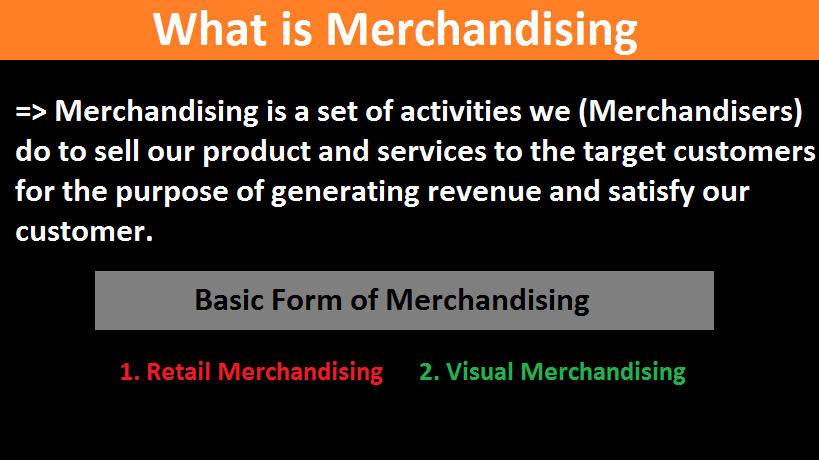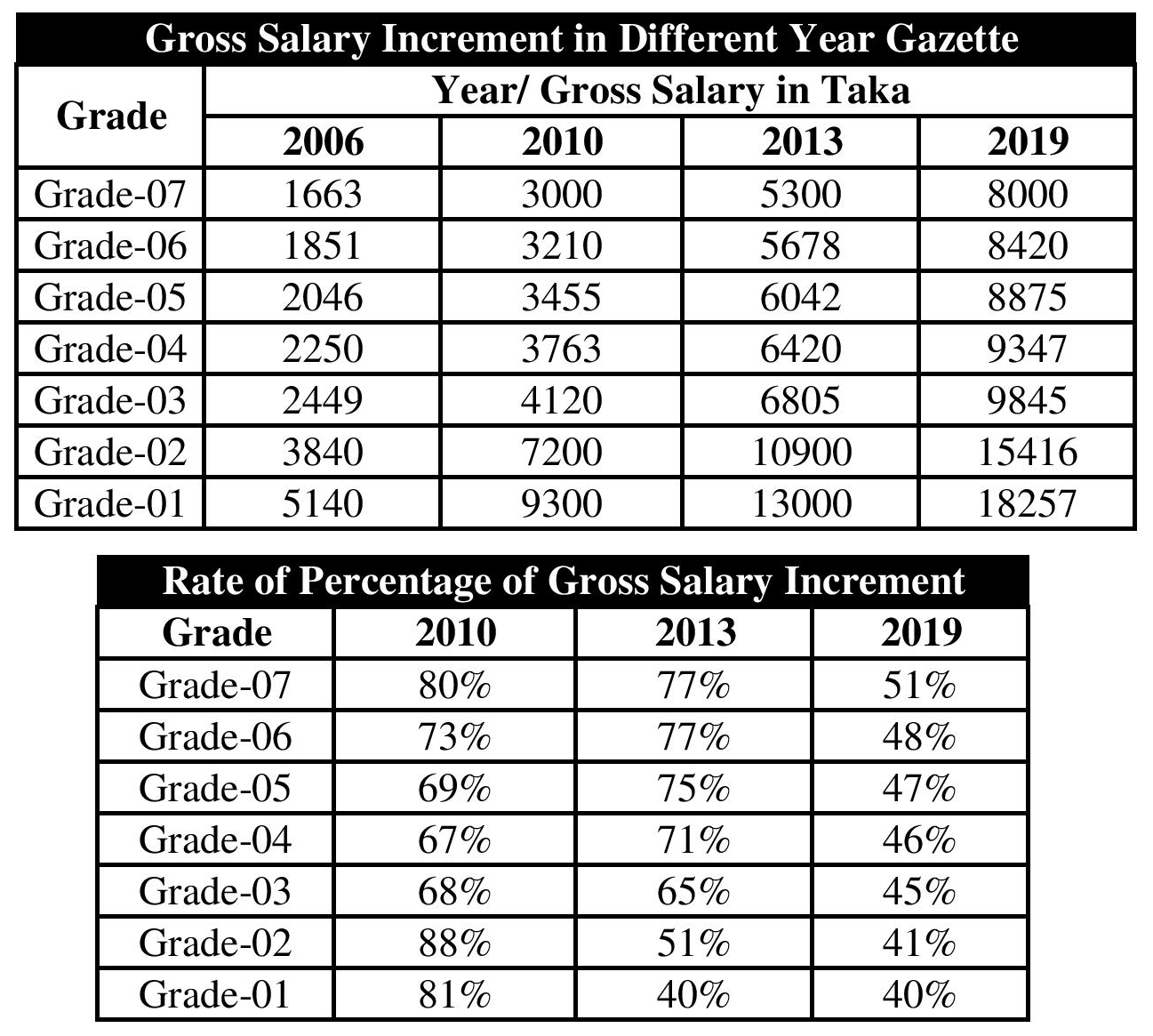Merchandising is a process of selling goods and services. In this article, you will learn what is merchandising with example. The process starts with identifying target customers, setting a price for a particular product, do the negotiation, and finally deliver the product to the target customers.
Merchandising and its Example
I asked the question of what do you mean by merchandising to several people who are involved with the apparel industry just to hear from them how they actually define merchandising. Most of them said that all the activities to sell a product is merchandising. So, the scope of the job merchandising is not limited to how we define merchandising is rather than all activities are related to selling.
As a function of merchandising, apparel manufacturers or wholesalers use merchandisers to communicate with the buyer of garments or to bring new customers, negotiate with them, and make them induce to place an order. So, in this case merchandising is related to wholesale of merchandise (garments).
Characteristics of Merchandising
If you analyze the term “Merchandising” you may identify the following characteristics:
- Merchandisers are responsible for merchandising.
- It helps to sell the product to the target customers or audiences.
- Works as a communication media for manufacture or wholesalers and retailer or final consumers.

Example of Apparel Merchandising
Suppose H & M buy different types of garments from Epyllion and those people responsible for communicating, placing the order, bargaining, receiving an order, sampling, etc. are merchandisers, and altogether these tasks are merchandising.
So, the process by which a merchandiser sells its products to the target customer is called merchandising. Merchandising is a commonly used term, mostly applicable in the apparel industry. For online fashion retailers, leveraging ecommerce fulfilment in Australia can help streamline inventory management and ensure fast shipping to customers. Every year in the apparel industry many merchandisers are recruited for the purpose of merchandising.
The demand for merchandising is increasing for-profit motive organization but the question is who will deal with merchandising for the organization. A person deals with the selling of products who is known as a merchandiser. Remember one thing that it is not necessary to involve merchandising for an export purpose it also can be used for local business.
There are Basically Two Forms of Merchandising
- Retail Merchandising: Retail merchandising is mainly applicable to a retail store. The scope of retail merchandising is broad because we can use it for every type of product sold in the retail store.
- Visual Merchandising: On the other hand, visual merchandising is another form of retail merchandising where the main stimulating factor is visualizing the product and service to create attraction and interest and ultimately selling of products.
Recently Another two forms of Merchandising are visible from the functional characteristics of merchandising. These are:
- Virtual Merchandising (Online Selling) or Digital Merchandising or eCommerce Merchandising
- Wholesale Selling (Merchandising on behalf of Wholesaler or manufacturer)
Difference Between Merchandising and Marketing
Many people become confused about whether marketing and merchandising are similar or different. There is a difference between merchandising and marketing. Marketing is a broad area of business where merchandising is a part of marketing activities, which deals with the selling of goods and services.
Finally, briefly, we can define merchandising as a set of activities we (Merchandisers) do to sell our product and services to the target customers for the purpose of generating revenue and satisfy our customers. Merchandising is a set of activities for selling products, merchandise, service to the target customer with the help of a merchandiser.
Garments Merchandising
Garments merchandising is both applicable for wholesale and retail merchandising in the apparel industry, Where merchandisers work for a manufacturer, wholesaler, and retail store. It is also known as apparel merchandising. It is one of the popular forms of merchandising because of its extensive use in the apparel industry. Merchandising process makes it easier to meet the buyer’s requirement through time to time follow up and ensuring on-time delivery of garments items.
Garments Merchandiser
Garments merchandiser is the person who is responsible for the merchandising of garments products and services. Merchandising is the core function of a merchandiser. A garments merchandiser needs to have several qualifications to become a successful merchandising. Garments merchandiser basically contact with garments buyers, negotiate with them, take orders, manage samples and send it to the buyers, take the order and finally, ensure the delivery of the product to the buyers at the right time.
Written by



Nicely written